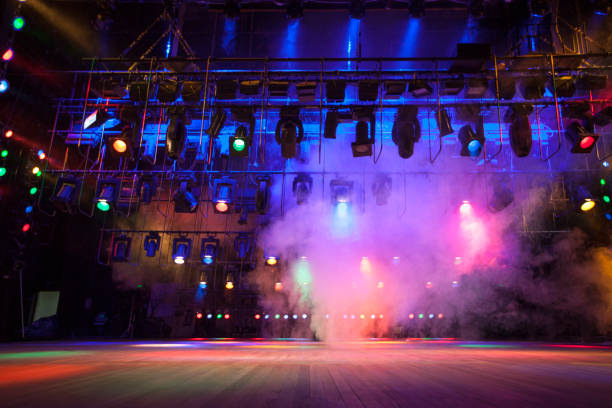The Intricacies of Interactive Theater: A Modern Artistic Revelation
Introduction: Delve into the fascinating world of interactive theater, a bold artistic movement reshaping the landscape of performance arts. Join us as we explore its historical roots, current trends, and the transformative impact on audiences worldwide.

The Emergence of Interactive Theater: A Historical Overview
Interactive theater, an innovative form of performance art, has its roots in the avant-garde movements of the early 20th century. Early pioneers such as Antonin Artaud and Bertolt Brecht challenged the traditional boundaries of theater, encouraging audience participation in various forms. This marked a significant departure from the conventional theater, wherein the audience was merely a passive observer.
Interactive Theater Today: Current Trends and Developments
Fast forward to the 21st century, interactive theater has evolved into a vibrant artistic movement, pushing the boundaries of traditional theater further. The current trend sees immersive theater productions incorporating digital technology, virtual reality, and even social media to create an engaging, multisensory experience. A notable example is the British theater company Punchdrunk, celebrated for their ground-breaking production, “Sleep No More,” a retelling of Macbeth set in a 1930s hotel.
The Impact and Significance of Interactive Theater
Interactive theater has turned the traditional theater model on its head, blurring the lines between performer and spectator. This style of theater enables audiences to feel more involved in the narrative, fostering a sense of empathy and understanding that extends beyond the theater walls. By engaging audiences in this way, interactive theater challenges the status quo and encourages critical thinking and dialogue.
The Reception of Interactive Theater: A Global Phenomenon
Interactive theater has been well-received globally, with audiences embracing this novel approach to storytelling. Critics have lauded interactive theater for its ability to create a more intimate and personal theater experience. This form of theater is increasingly popular in major cities worldwide, with interactive productions often selling out months in advance.
The Future of Interactive Theater: What Lies Ahead?
The future of interactive theater looks promising, with continued advancements in technology providing new avenues for audience engagement. As artists and theater companies strive to create transformative experiences, interactive theater continues to evolve, reflecting the changing societal attitudes towards arts and entertainment.
In conclusion, interactive theater represents a remarkable shift in the landscape of performance art. By engaging audiences directly, it offers a unique, immersive experience that challenges traditional boundaries and invites us to redefine our understanding of what theater can be. This creative movement, with its emphasis on participation and engagement, provides a fresh, unique perspective on theatrical storytelling, proving that theater is not a static form but a dynamic, ever-evolving art form.




